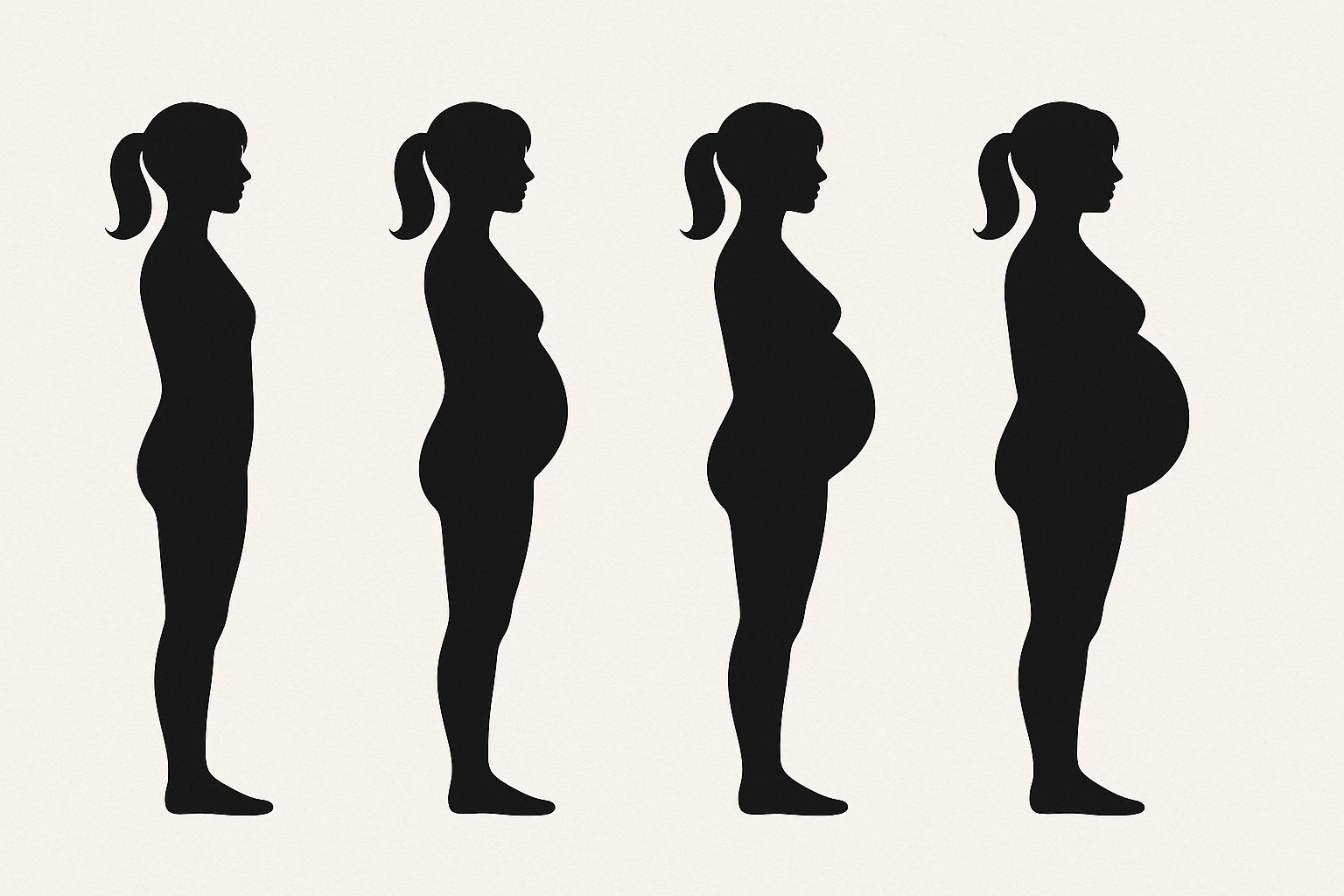A few years back I wrote a series on short leg presentation in chiropractic. When it comes to a true anatomical short leg, it is usually acquired during growth with a mild unrecalled injury to the growth plates (very common at the knee). That particular bone stops growing at the same rate as the contralateral leg, leading to a leg differential over time. The severity of the discrepancy depends upon how early the injury happens to the child.
In the past few years I have come to appreciate the development of acquired short legs in adults, especially senior adults, in a way that I did not appreciate before. It is entirely possible, in fact probable, that I missed many of them over time, as the possibility of short leg coming on later in adulthood was not on my radar.
The mechanism by which adults develop short leg is different than youth, since our endplates have fully closed by the age of 20. Some examples are:
Loosing cartilage in one knee (less commonly in the hip. This can happen over time gradually with a deteriorating knee joint, but sometime can be very abrupt as in the case of knee meniscal removal. The combination of the knee cartilage and meniscus is well over a half inch.
Having a joint replacement. Depending upon your anatomy and the extent of the damage, the prosthesis can add or substract a half an inch to your operated leg. I have had two cases in the last year alone where the post surgical leg differential was a full inch, because the underlying bone required a large prosthetic peg.
Ankle/foot fracture and surgeries, which change the height of the foot arch.
Adults with sudden onset of pain in the hip and low back, especially on the opposite side of their leg surgery, should especially be on the lookout for acquired leg difference. How much of a correction you will need needs to be assessed in the office.








